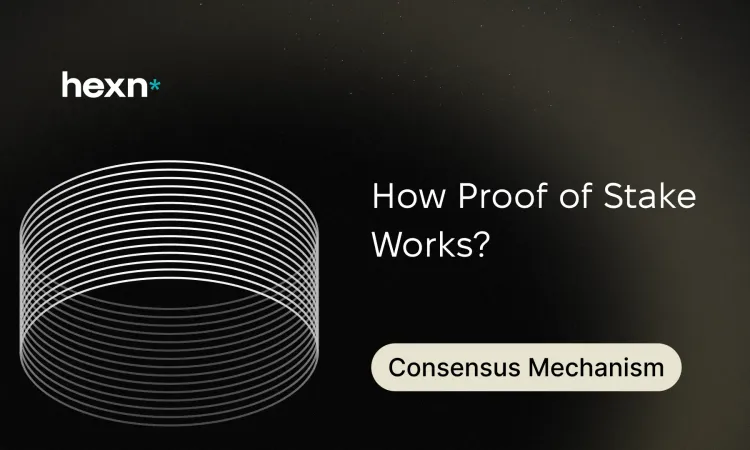Proof of Stake: Energy, Security, and Staking Basics
What Is Proof of stake?
Proof of stake is a consensus method used by many modern blockchains to validate transactions and add new blocks. It matters because it changes how networks secure themselves, how participants earn rewards, and how much energy a network consumes. For people exploring crypto and fintech, understanding this model clarifies trade-offs around sustainability, risk, and potential returns.
How Proof of Stake Selects Validators and Finalizes Blocks
At its core, proof of stake replaces energy-intensive mining with a system that selects validators based on the amount of native tokens they lock up or delegate. Validators are chosen to propose and attest to blocks. Their stake acts as collateral: misbehavior can lead to penalties, while honest participation leads to rewards. This design aligns economic incentives without relying on specialized hardware.
Key Mechanics in Simple Terms
- Staking: Users lock tokens to participate as validators or to support a validator through delegation.
- Selection: The protocol uses stake-weighted selection and randomness to pick who proposes blocks.
- Attestation and finality: Other validators confirm proposed blocks, and once enough attestations accumulate, the block is finalized.
- Slashing and penalties: Rules deter faults by taking away part of a validator’s stake if they act maliciously or are negligently offline.
Why Proof of Stake Is Energy-Efficient
Unlike proof of work, which requires continuous computational effort, proof of stake depends mainly on validating nodes that run standard server software. That means validators consume far less electricity compared with mining rigs. For organizations and users concerned about sustainability, this reduction in power usage can be a major advantage.
Practical Environmental Implications
- Lower electricity demand reduces ongoing operational costs for the network.
- Fewer specialized machines mean less electronic waste and lower barriers to entry for participants.
- Energy efficiency can make blockchain projects more appealing to institutions and regulators focused on climate impact.
Security Trade-Offs and Common Risks
Proof of stake offers strong economic incentives, but it also introduces unique risks. Because influence depends on token holdings, large stakeholders can gain outsized control if the token distribution becomes concentrated. Other risks include validator downtime, software bugs, and economic attacks like long-range attacks on weakly secured chains.
Typical Security Controls
- Slashing mechanisms to penalize equivocation and double-signing.
- Delegation models that allow token holders to spread responsibility without running nodes themselves.
- Governance frameworks and protocol upgrades aimed at reducing centralization over time.
How Staking Economics Work
Staking changes the token economy by offering rewards to validators and delegators. Rewards usually come from newly issued tokens and transaction fees, and they are distributed proportional to stake and uptime. However, reward rates fluctuate with network parameters, total staked supply, and the protocol’s inflation schedule.
Factors that Affect Staking Returns
- Network participation rate: More total stake generally lowers individual reward rates.
- Validator performance: High availability and correct behavior maximize earnings.
- Lock-up periods and liquidity: Some networks require tokens to be locked for a set time, which affects access to funds.
How to Participate
There are two common entry paths for users who want to engage with proof of stake networks:
- Run a validator: This requires technical know-how, hardware or cloud hosting, and the ability to manage key security and uptime. Validators earn a larger share of rewards but face operational responsibilities and technical risks.
- Delegate or stake through services: Users can delegate tokens to a trusted validator or use a staking service. Delegation lowers the technical burden but introduces reliance on third parties and potential fees.
Practical Checklist Before Staking
Before locking tokens, consider these points to make an informed decision:
- Understand lock-up periods and unbonding times.
- Check validator reputation, uptime history, and fees.
- Review slashing risks and how they are applied.
- Consider diversification across validators to reduce single-point exposure.
Summary
Proof of stake offers a compelling combination of lower energy consumption, economic alignment, and accessible participation models. It can be a good fit for networks and users prioritizing sustainability and efficient consensus. At the same time, it requires attention to token distribution, validator selection, and protocol governance. By weighing rewards against operational and security risks, users can decide how staking fits into their crypto or fintech strategy.
